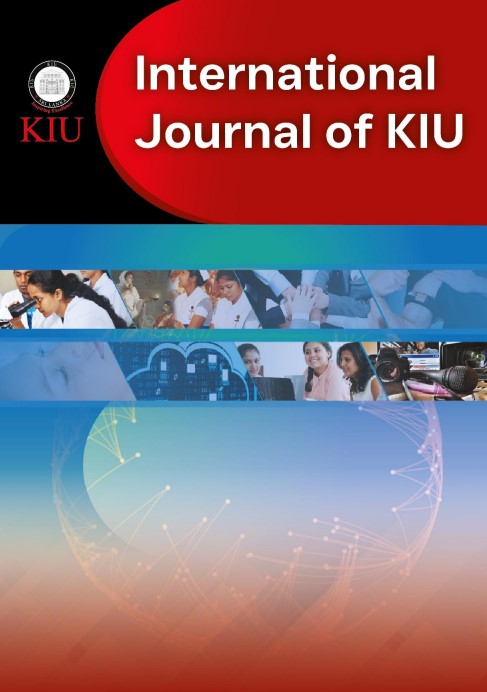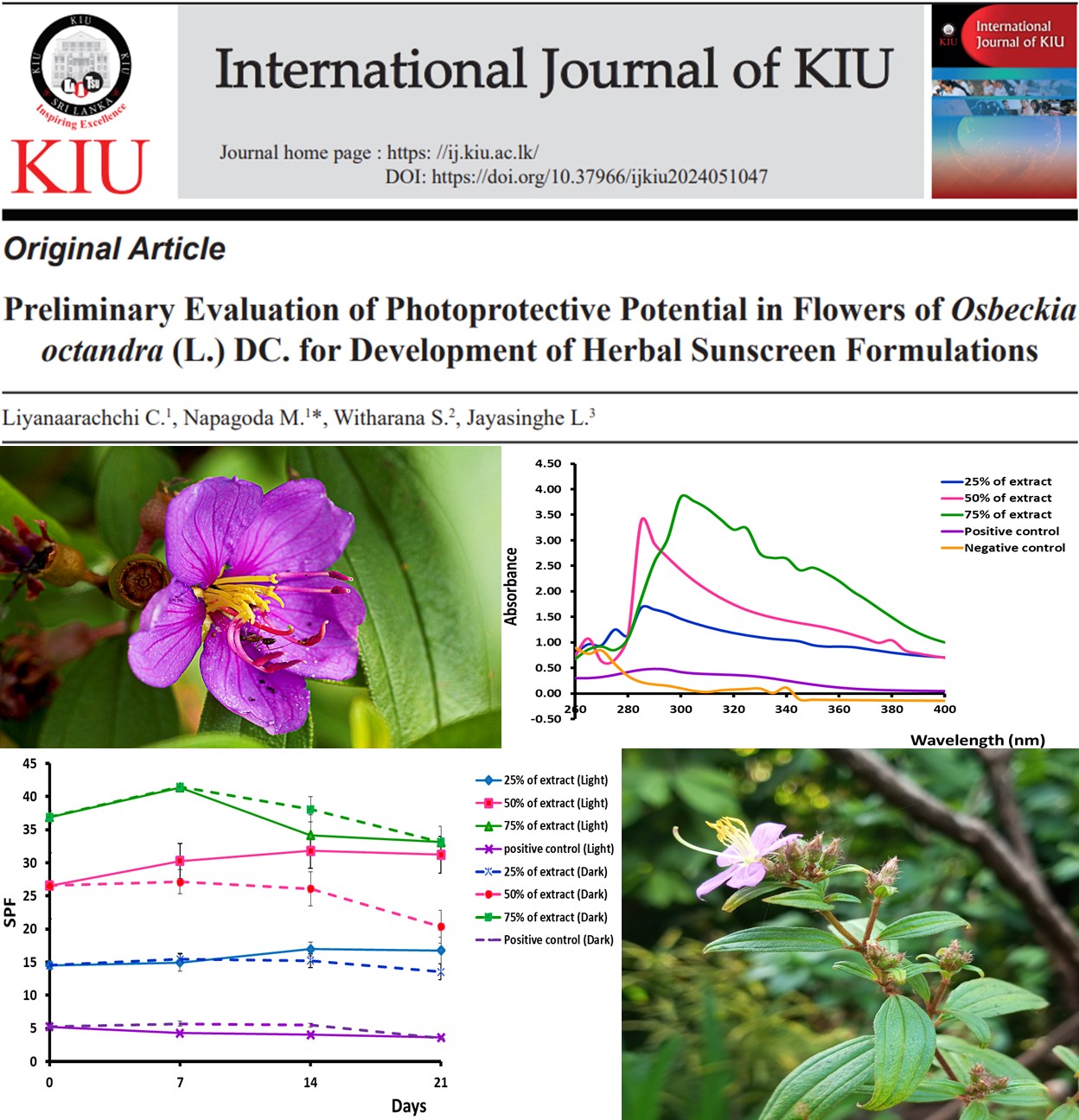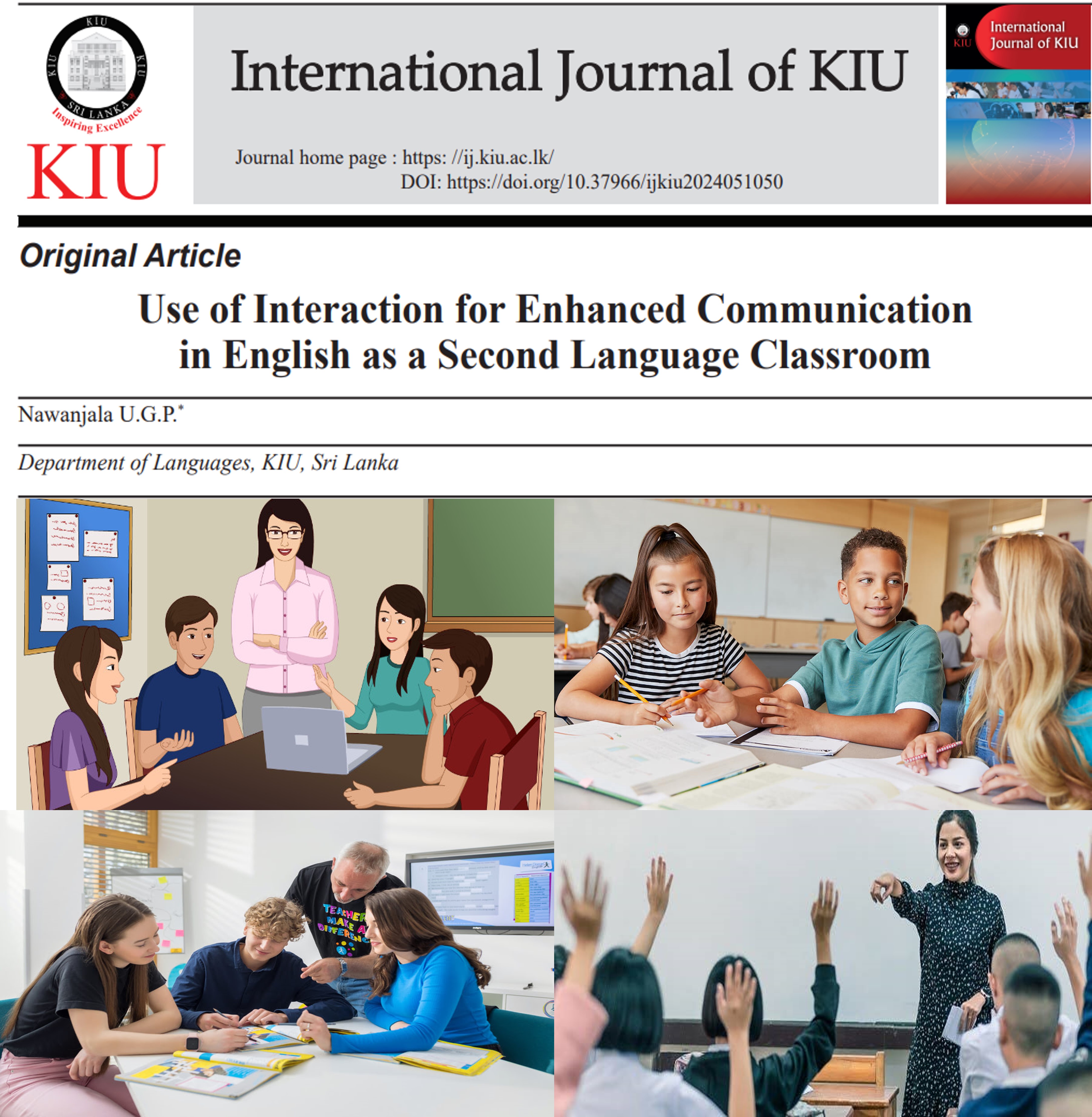A Literature Review on Motivational Strategies to Elevate Engagement, Effective Communication, and Productivity in English as a Second Language (ESL) Classrooms
Introduction: English as a Second Language (ESL) proficiency has become
vital for global communication and essential in education. On the other hand,
motivation, defined as the internal drive to engage with enthusiasm, plays a
pivotal role in language acquisition. However, motivating ESL learners is a
critical challenge for educators, as English is recognized as an international
language with broad applications. Therefore, understanding the importance
of motivation is crucial in ESL contexts.
Objective: The objective of this review is to examine motivational strategies
in ESL classrooms and underscore their significance in enhancing students’
enthusiasm, participation, language development, and overall success, with
a specific focus on providing ESL educators with valuable tools and insights
for effective implementation.
Methodology: This review follows a methodical approach including
literature search and data extraction. Twenty articles published between
1975 and 2022 were reviewed, which focused on motivation strategies in ESL
classrooms.
Results: Motivation in ESL classrooms can be categorized as internal or
external: instrumental or integrative. Effective motivation strategies include
setting clear goals, employing the incentive theory, using awards and
rewards, role-plays, integrating technology, and activity-based methods.
Additionally, creating a positive classroom climate and offering real-life
language experiences also contribute to motivation.
Conclusion: Motivation is crucial for ESL learners’ success; therefore, it
is recommended that educators adopt innovative teaching approaches and
deepen their understanding of motivation to inspire students, contributing to
enhanced language proficiency.
Keywords
English language proficiency
,
ESL classrooms
,
Language acquisition
,
Motivation strategies
,
Student participation


















Related Articles